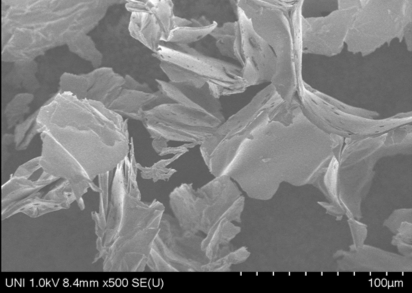 |
|
The objective of this work was to evaluate the effect of the adsorbent dose on the removal of lead (II) present in a synthetic solution using sugarcane bagasse (Saccharum officinarum). The biomaterial was characterized before and after removal by FTIR analysis which reported the presence of hydroxyl, carboxyl and carbonyl functional groups; and SEM analysis showing a porous surface in the form of fibrous cylinders typical of lignocellulosic materials, evidencing that Pb (II) ions are captured on the surface of the adsorbent. It was determined that the best dose of adsorbent was 0.10g obtaining 99.68% removal. The results of the kinetics were adjusted by the first order Pseudo model; and the isothermal adsorption that described the process was Langmuir, determining that the process occurs by physic-sorption and monolayer. It is concluded that the residual cane bagasse is efficient for the preparation of adsorbent and is recommended for the removal of the metal ion under study.
Keywords: sugar cane residual bagasse, physical morphology, Lead (II), interaction, kinetics.
|
|
 |

